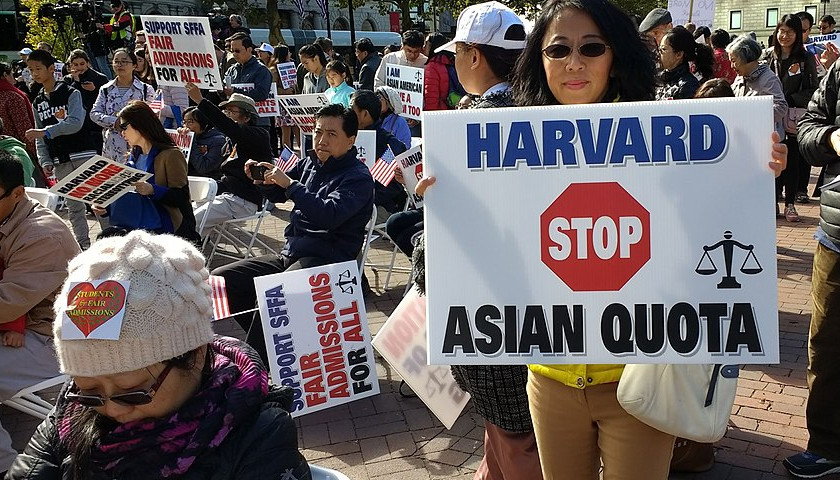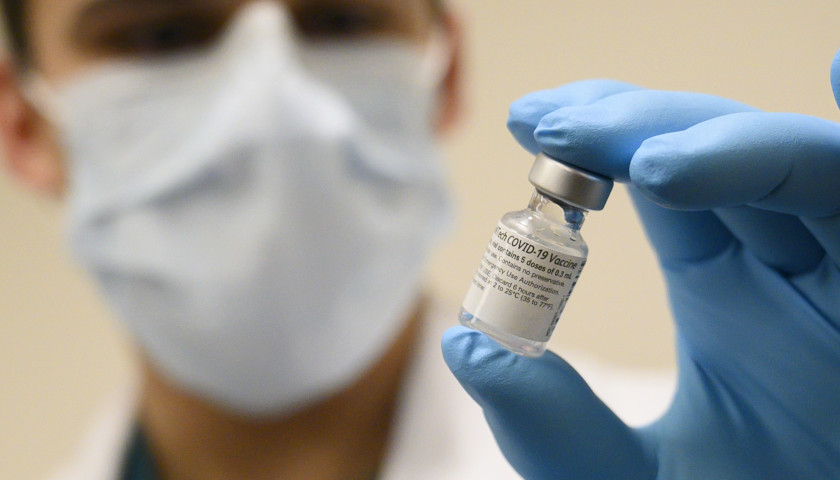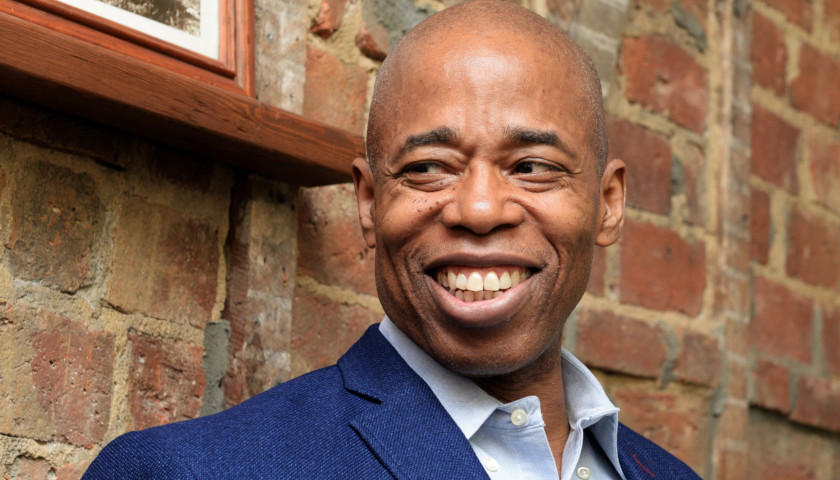by Katya Sedgwick
It’s not every day that the subject of Soviet anti-Semitism—something my family experienced firsthand—is broached in the American media. When it does happen, however, unpleasant comparisons to certain trends in the United States are tough to avoid.
In a fascinating piece for Tablet Magazine, Julia Schulman and Michael Hsieh profiled several prominent Jewish scientists and mathematicians who encountered racial bias in admission to leading institutes in the old USSR. The subjects of their investigation defied the long odds, eventually rising to the top of their fields despite official policies excluding Jews from Soviet universities. Schulman and Hsieh explain:
Over the course of two decades between the 1970s and the 1980s, Jewish applicants to the three most prestigious Soviet universities for the sciences—Moscow State University, Leningrad State University and Novosibirsk State University—were never meant to be given any real chance of admission, regardless of talent or preparation. Instead, they were stymied with absurdly difficult exams filled with what became colloquially known as ‘coffin problems’—for their unfailing efficiency in burying the applicants’ chances for admission, and send them packing to other fields, lesser departments, or hinterland institutes.
In addition to presenting transcripts and character letters from school principals, all applicants to Soviet colleges had to pass a series of tests. The tests included both oral examinations, during which applicants stood before the admissions committee and answered questions showcasing their understanding of their chosen field of study, and a written portion that quizzed them on their knowledge of Russian literature and Marxist history. While most aspiring students were given tough, but fair questions during their oral exams, a special set of “coffin problems” was reserved almost exclusively for Jews.
The heroes of Tablet’s story are the current world leaders in STEM who were both wickedly talented and insanely lucky. They all received some sort of miraculous break that allowed them either to attend the colleges of their choice or to find the underground substitute—a group of Jewish mathematicians dubbed Jewish People’s University, that met at participants’ apartments for private study. That group was eventually broken up by the KGB, and its founder died under suspicious circumstances.
Scientists profiled by Tablet are the tip of the iceberg of the young Jews who experienced discrimination in university admissions. For one, these practices weren’t limited to top schools. Ethno-racial bias was widespread in Soviet higher education; not so highly regarded provincial institutes weren’t necessarily hubs of philo-Semitism. Parents often scrambled to figure out which schools would give their kids a chance. In addition to those who were denied admission, an incalculable number of Jews were deterred from applying to colleges known to reject a prospective student based on his or her “nationality.”
Some applicants were buried by the “coffin problems,” others were informed that their essays were poorly argued, or were graded down for something entirely ridiculous. For instance, University of California, Berkeley mathematician Edward Frenkel was initially denied admission to Moscow State for giving a wrong definition of a circle. “Elementary questions—what is the definition of a circle—answered with seemingly correct responses—the set of points equidistant to a point—were marked as incorrect. ‘No,’ the examiners responded, ‘it is the set of all points equidistant from a point.’”
The hands-on cruelty of official Soviet Jew-hatred was awe-inducing. Because entrance exams were administered in person, applicants encountered bigotry in a very direct fashion. The experience was a huge blow for each one of them, especially those who went through the ordeal in the 1950s and ’60s, naïvely believing they stood a chance (in the later decades, anti-Semitic admissions practices became ubiquitous, and therefore came as less of a shock).
Imagine coming to a test under the impression that everyone is equal in the Soviet Union only to find oneself in a group of Jewish teens led to a separate room, and given “coffin problems.” This is how dissidents were made.
Examination committees became the face of socialist anti-Semitism. Jewish applicants got to look into the eyes of those who denied them the opportunity that was rightfully theirs. The interviewers had to carry on conversations with each prospective student in order to fail him, and occasionally some of them had guilty thoughts.
For instance, pharmaceutical executive Julia Rashba-Step recalls how, years after being denied admission to medical school, she ran into a member of the examination committee on an elevator and that person asked her for forgiveness. (A request she denied.)
The stories of institutionalized prejudice in higher education formed the bulk of the refugee petitions on the basis of which former Soviet Jews were admitted into the United States. Ironically, today the United States engages in a practice that has a similar discriminatory effect, namely affirmative action. Despite being generally unpopular among Americans of all ethnic origins, the ruling elite supports such programs, and universities embrace them with gusto.
We can make a distinction between public and private schools, but I don’t think it’s useful. Since nearly all colleges take federal subsidies, affirmative action is the official policy of the United States government.
The group most disadvantaged by “reverse” discrimination are Asian Americans, many of them refugees or descendants of refugees from socialist regimes similar to the USSR. In addition to requiring standardized test performance significantly above the level expected from the rest of the applicants, universities devised sets of bogus criteria, like community service, carefully designed to disadvantage Asian American cultural practices.
Although in substance the two are virtually indistinguishable, one significant difference between Soviet antisemitism and the affirmative action of the United States stands out. As I noted, Soviet anti-Semitism had the intimate, vividly sadistic aspect. Entrance exams, whether written or oral, were conducted in person, so discriminatory practices were displayed and carried out by real people. We knew our oppressors—or at least we knew some of them.
This is not the case with affirmative action where the guilt is spread across institutions. Some organizations lobby for race-based schemes, others devise the elaborate criteria of exclusion, or separate applications into an Asian pile, and a whole different group generates computerized rejection letters.
A highly qualified Chinese American boy who has been denied entry to Harvard will never meet a single person responsible for the inequity. The dean of admissions does not deliver rejection letters in person. There will be no elevator apologies.
Worse yet, he is given the rules of the game ahead of time, and in a very transparent way. This way he can process, and rationalize, his mistreatment as some kind of “affirmation.” His grade school will train him in critical race theory so he can properly internalize his angst.
Structural racism in America has a clean transparent surface, and no face. It doesn’t change the fact that affirmative action is not very different from my parents’ generation’s experiences in the USSR that qualified us for refugee status. There is no place for this type of policy in federally financed institutions of higher learning.
– – –
Katya Sedgwick is a writer in the San Francisco Bay Area. Her writing appears regularly at The Federalist, in Spectator USA, with the Russell Kirk Center, and elsewhere. Follow her on Twitter @KatyaSedgwick.
Photo “Students for Fair Admissions Rally” by Whoisjohngalt. CC BY-SA 4.0.







